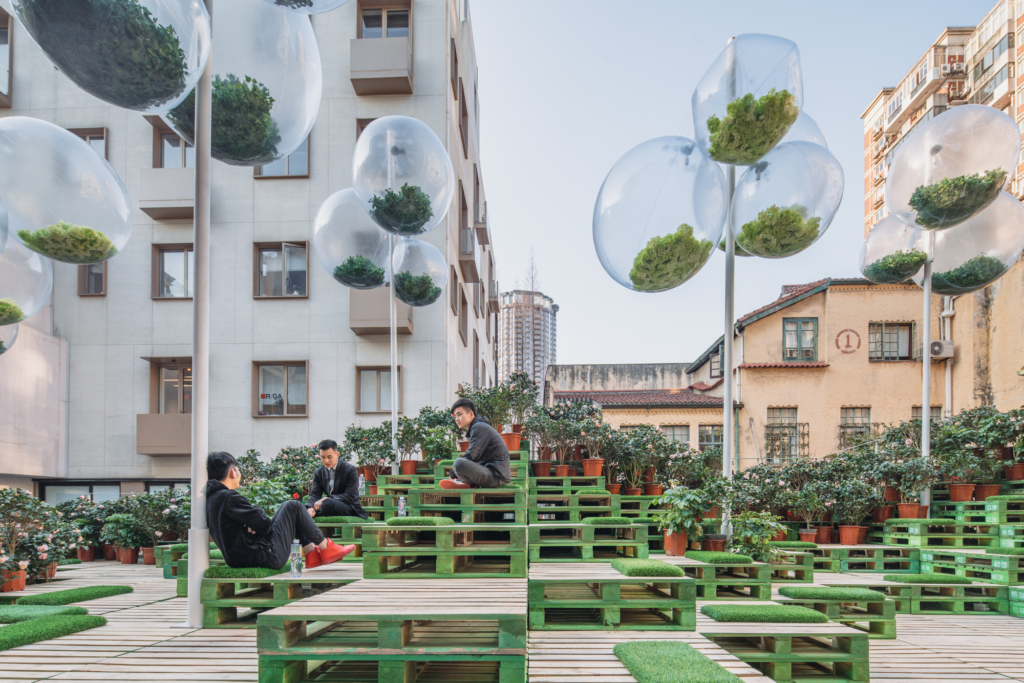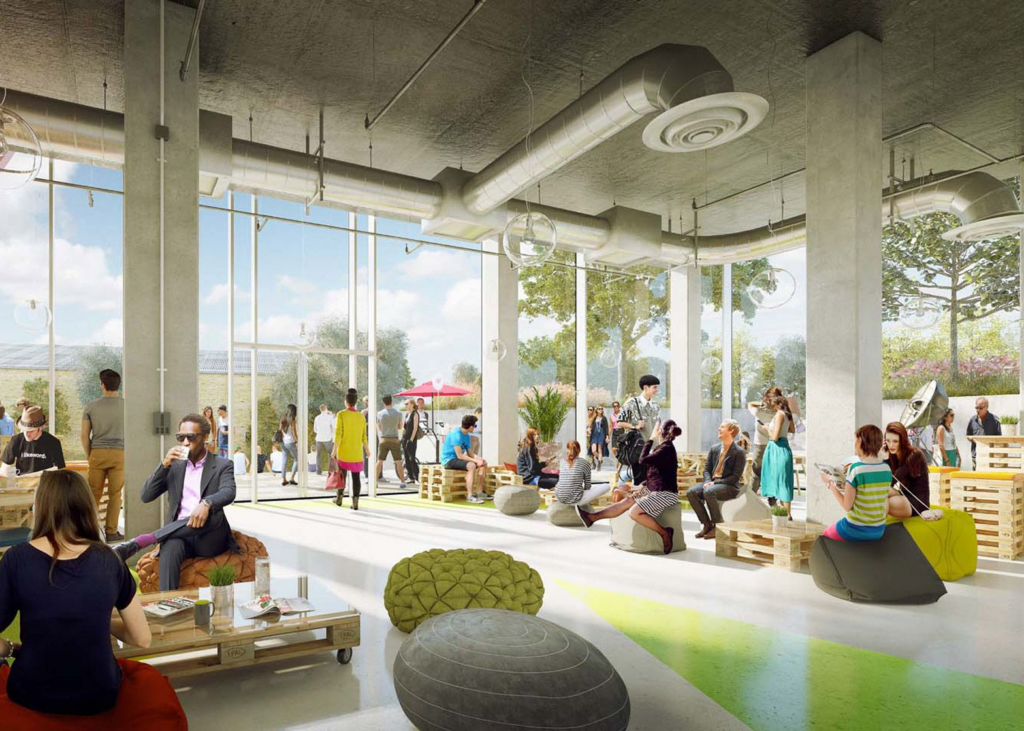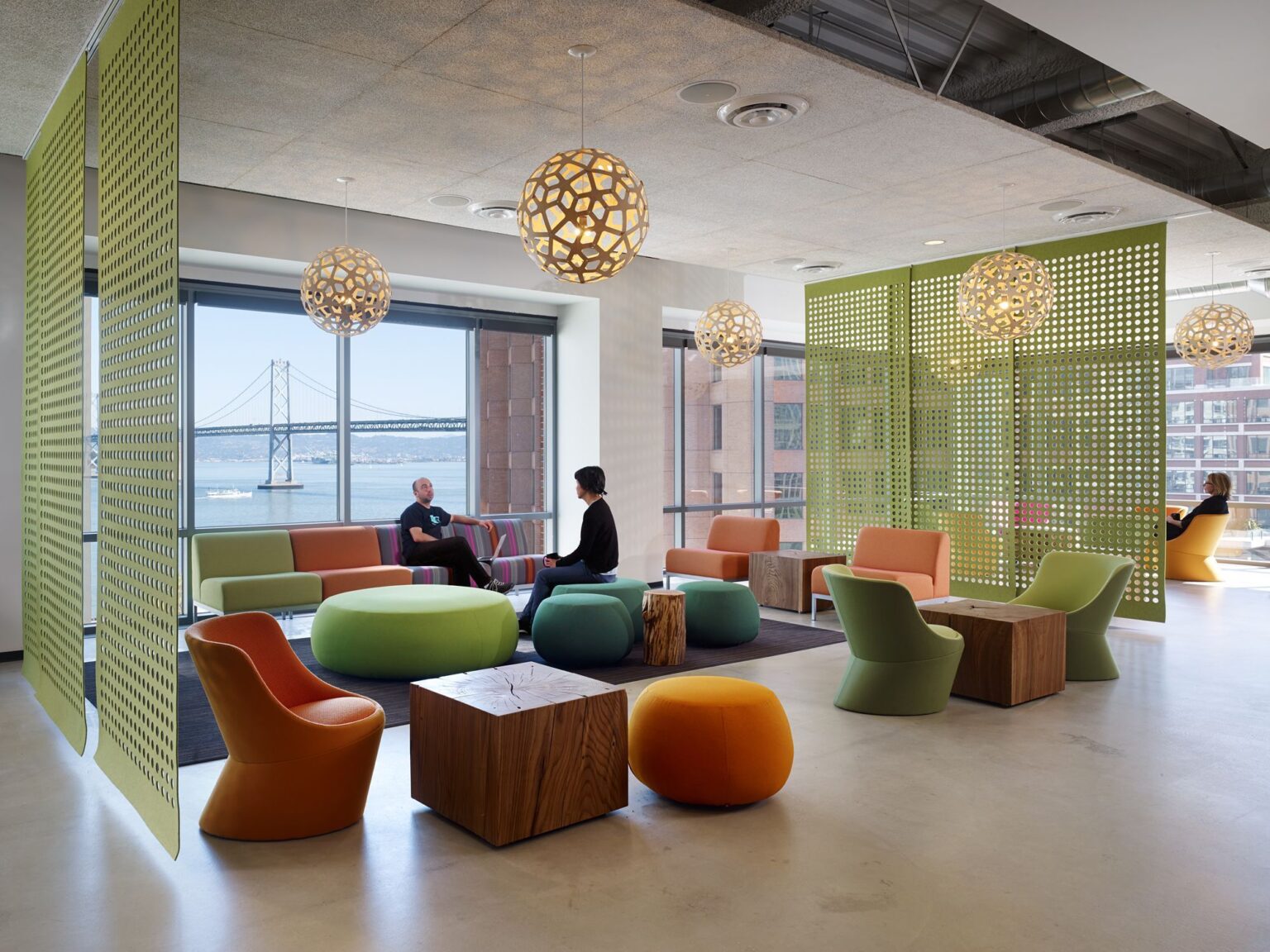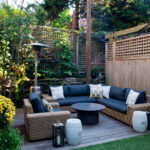Co-living and communal living arrangements have become increasingly popular as individuals seek cost-effective, socially engaging, and flexible housing solutions. Whether it’s young professionals looking for networking opportunities, digital nomads craving connection, or multi-generational families embracing shared spaces, co-living is redefining modern housing trends.
In this guide, we’ll explore the essentials of designing co-living spaces that balance functionality, privacy, and aesthetics. We’ll also incorporate expert insights from industry leaders to help landlords, designers, and residents create inviting shared environments.
What Is Co-Living and Why Is It Growing?
Co-living refers to a housing arrangement where individuals or small groups share a home while maintaining private bedrooms and sometimes ensuite bathrooms. Communal spaces—such as kitchens, lounges, work areas, and even gyms—foster social interaction. Research from JLL highlights that co-living is a solution for affordability, flexibility, and convenience, especially in high-rent urban areas.
Real estate platforms like Common and Ollie are leading the way in co-living, offering fully furnished, thoughtfully designed spaces that cater to community living while reducing costs for residents.
Key Principles for Designing Co-Living Spaces

1. Adaptable and Multi-Functional Layouts
Successful co-living spaces prioritize flexibility. Movable furniture, modular seating, and transformable layouts allow residents to use communal areas for different activities, from work sessions during the day to social gatherings at night. Interior design tools like Houzz suggest that adaptable designs help optimize small spaces while maintaining comfort.
2. Balancing Privacy and Community
While communal living encourages social interaction, individuals still need personal retreats. Smart zoning techniques—such as soundproofed private rooms, designated quiet areas, and partitioned spaces—help balance these needs. A study by Dezeen emphasizes that effective co-living designs feature spatial dividers, acoustic solutions, and curated lighting to enhance both privacy and interaction.
3. Thoughtfully Designed Shared Amenities
Shared spaces, like kitchens and lounges, should be welcoming and highly functional. Durable materials, communal dining setups, and efficient storage solutions enhance usability while promoting interaction. High-quality amenities, such as co-working zones, rooftop gardens, and wellness areas, contribute to long-term resident satisfaction.
4. Strategic Storage Solutions
Storage is often a challenge in shared spaces. Incorporating built-in shelving, under-bed storage, and multi-purpose furniture ensures that personal items remain organized while maintaining a clutter-free communal environment.
5. Aesthetic and Functional Design Elements
Material selection and color schemes play a crucial role in shaping the ambiance of communal spaces. Earthy tones, biophilic elements, and soft lighting create a warm and inviting atmosphere, making shared living areas feel more homely.
Overcoming Common Co-Living Design Challenges

Noise and Acoustics
Acoustic panels, upholstered furniture, and soft textiles help minimize noise, ensuring residents can focus and relax without disruptions.
Hygiene and Cleanliness
High-traffic shared areas should incorporate easy-to-clean surfaces, touchless fixtures, and designated sanitation stations to maintain hygiene standards.
Cultural and Personal Preferences
Co-living communities often house people from diverse backgrounds. Providing neutral yet customizable decor allows residents to personalize their spaces while maintaining a cohesive aesthetic.
The Future of Co-Living Spaces
Emerging trends in co-living design include biophilic integration (living walls, natural lighting), wellness-focused amenities (yoga studios, meditation zones), and purpose-driven communities tailored to specific interests (entrepreneurs, artists, eco-conscious individuals). As co-living evolves, innovative interior design will play a key role in shaping sustainable, comfortable, and connected living environments.
Also Read: Budget-Friendly Home Design Ideas to Upgrade Your Interiors





